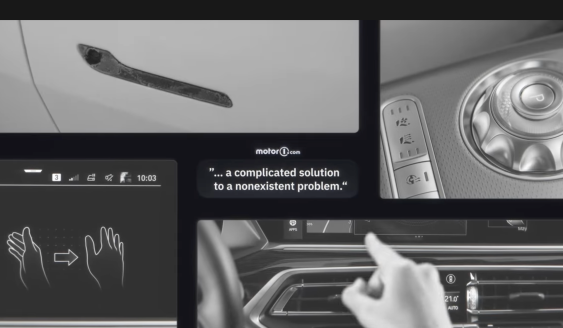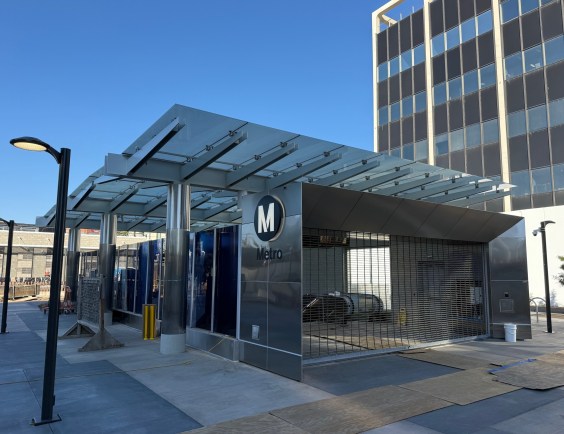
Michael Andersen blogs for The Green Lane Project, a PeopleForBikes program that helps U.S. cities build better bike lanes to create low-stress streets.
If 2015 was the year protected intersections arrived in the United States, 2016 is the year the country's bikeway pros are starting to really figure them out.
Inspired by Dutch streets, protected intersection designs use a few simple tricks to rearrange traffic at intersections so that people on bikes and in cars don't have to constantly look over their shoulders for one another.
Last week, Portland State University announced a $250,000 project that will use simulations to put people on virtual streets and test their use of protected intersections. The goal: create data-driven standards to tell cities where protected intersections are needed.
"At what traffic volume?" asked Justin Carinci, a spokesman for PSU's National Institute for Transportation and Communities. "At what speeds?"
"We are thinking a combination of surveys, videos, and simulation will be needed," Chris Monsere, a lead researcher in the project, said in an email.

Carinci said the study also aims to identify the "standard elements" of protected intersections.
"If you're using this type, no matter where you're using it, what do you have to have included in it?" he said.
Two years ago, NITC completed the first major academic study of protected bike lanes in the United States -- research that has since informed their endorsement by the Federal Highway Administration and other institutions. Among many other findings, that study found that of the two most common intersection treatments for protected bike lanes -- mixing zones and bike-specific signals -- people feel much less comfortable in mixing zones.
Protected intersections offer cities a third way: more comfortable than mixing zones but potentially more intuitive than bike signals.
Monsere, Nathan McNeil, and Jennifer Dill, all researchers on NITC's 2014 study, are part of the team for this study, too.
It's due to wrap up in September 2017, Monsere said. As findings start to trickle out, we'll definitely be covering them.
You can follow The Green Lane Project on LinkedIn, Twitter and Facebook or sign up for its weekly news digest about protected bike lanes.






